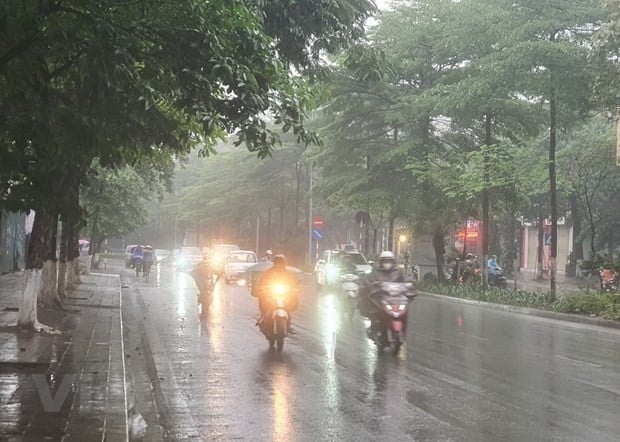 |
| In the late afternoon and night, Hanoi capital will have showers and thunderstorms in some places. (Source: Vietnamplus) |
According to the National Center for Hydro-Meteorological Forecasting, on the night of September 30 and October 1, in the Central and Southern East Sea (including the waters of the Truong Sa archipelago), the waters from Binh Thuan to Ca Mau, Ca Mau to Kien Giang and the Gulf of Thailand, there will be showers and thunderstorms; in thunderstorms, there is a possibility of tornadoes and strong gusts of wind.
All vessels and other activities in the above sea areas are at high risk of being affected by cyclones and strong gusts of wind.
On the night of September 30 and October 1, the South Central, Central Highlands and Southern regions will have showers and thunderstorms, locally heavy rain with rainfall of 20-40mm, some places over 70mm (rain concentrated in the evening and at night); thunderstorms are likely to have tornadoes, lightning and strong gusts of wind.
Localized heavy rain is likely to cause flooding in low-lying areas and the risk of flash floods and landslides in mountainous areas.
Regarding the tide developments along the Southern coast, the highest observed water level on September 30 at Vung Tau hydrographic station was recorded at 4.03m. According to recorded wave observation data (satellite, ObsSHIP...), the wave height in the offshore waters of the Southern region is commonly 0.5 - 1.5m. Wind observation data at Vung Tau station recorded light winds.
From the afternoon of September 30 to the afternoon of October 1, the highest tide level at Vung Tau station can reach 4.15m, westerly wind level 3-4, wave height in the coastal waters of the South is commonly 0.5-1.5m.
From the afternoon of October 1 to the afternoon of October 2, the highest tide level at Vung Tau station can reach 4.10-4.15m, westerly wind level 3-4, wave height in the coastal waters of the South fluctuates from 0.5-1.5m.
Due to the influence of high tides, the Southeast provinces are likely to experience flooding in low-lying areas, coastal areas, riverside areas and areas outside the dike during the early morning (2-4 am) and afternoon (2-4 pm) and increase the risk of saltwater intrusion in rivers in the Southeast region.
Source








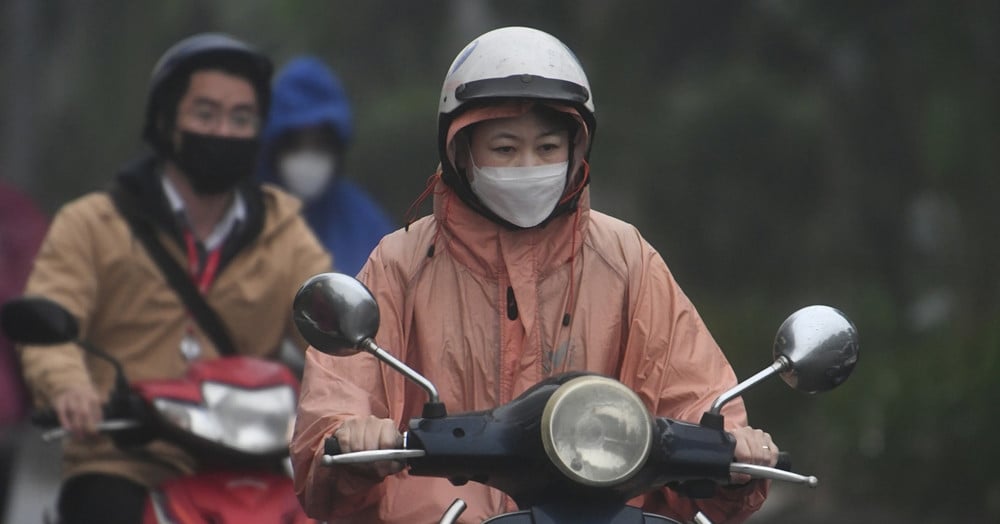

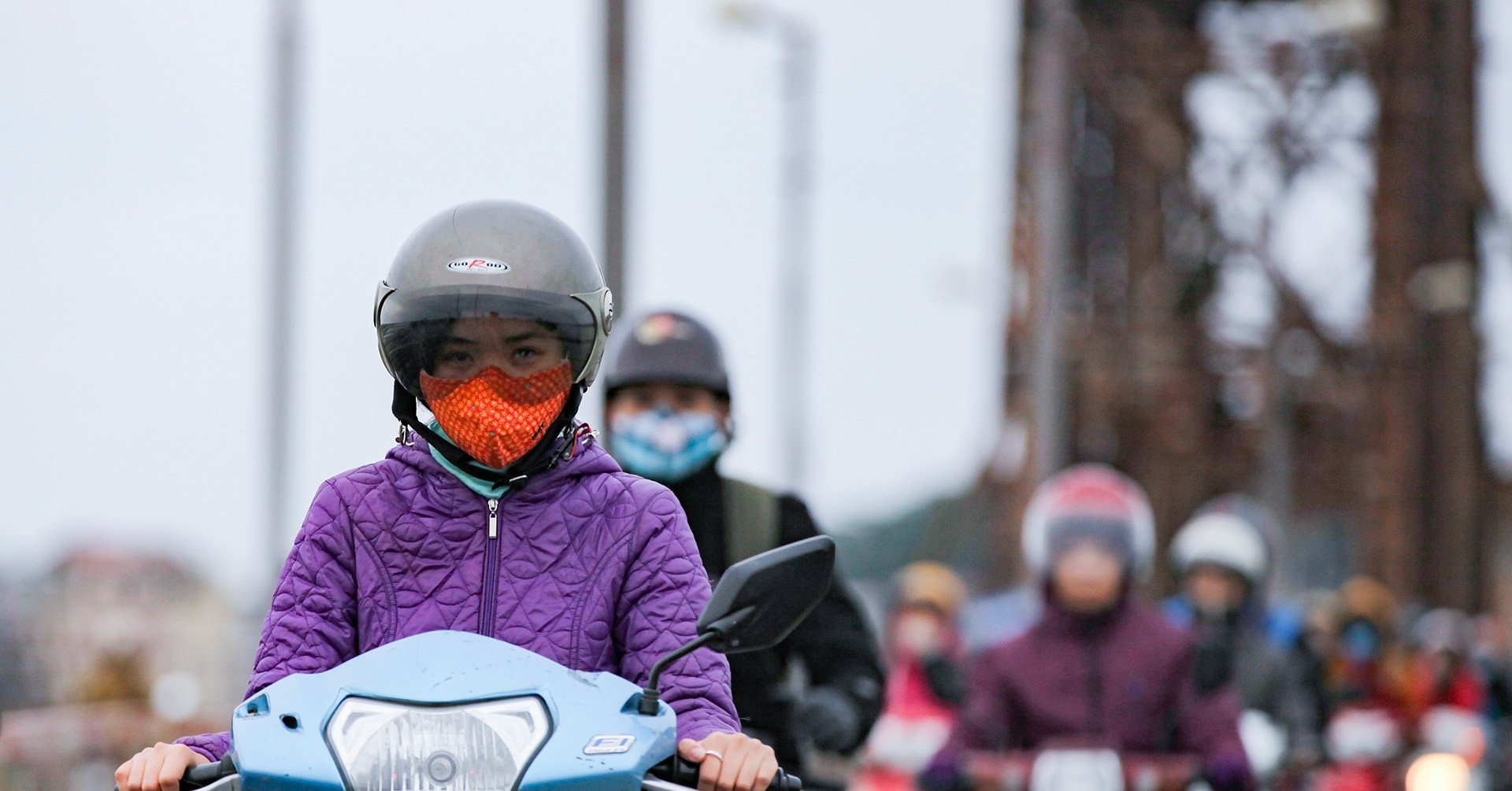
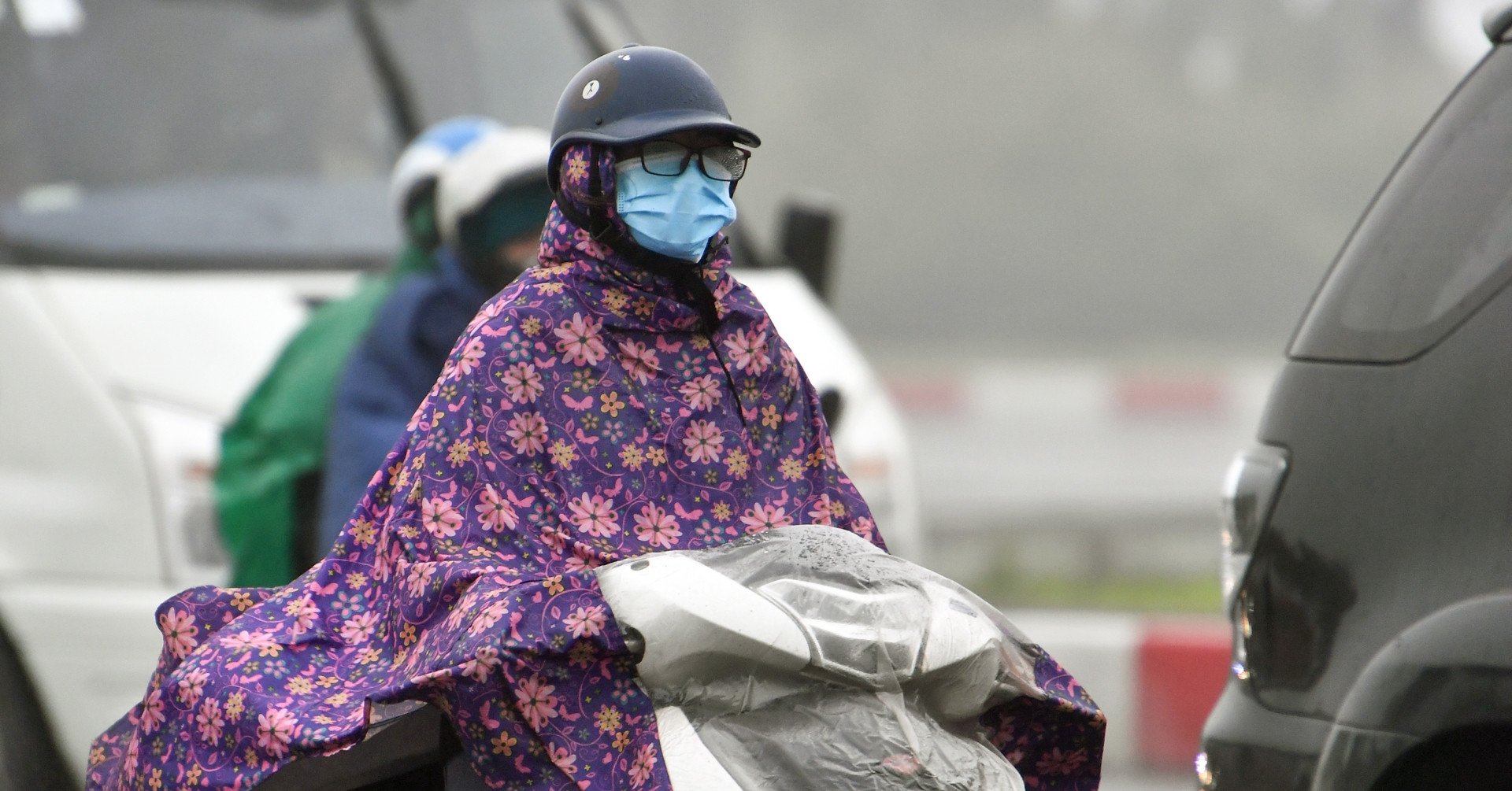
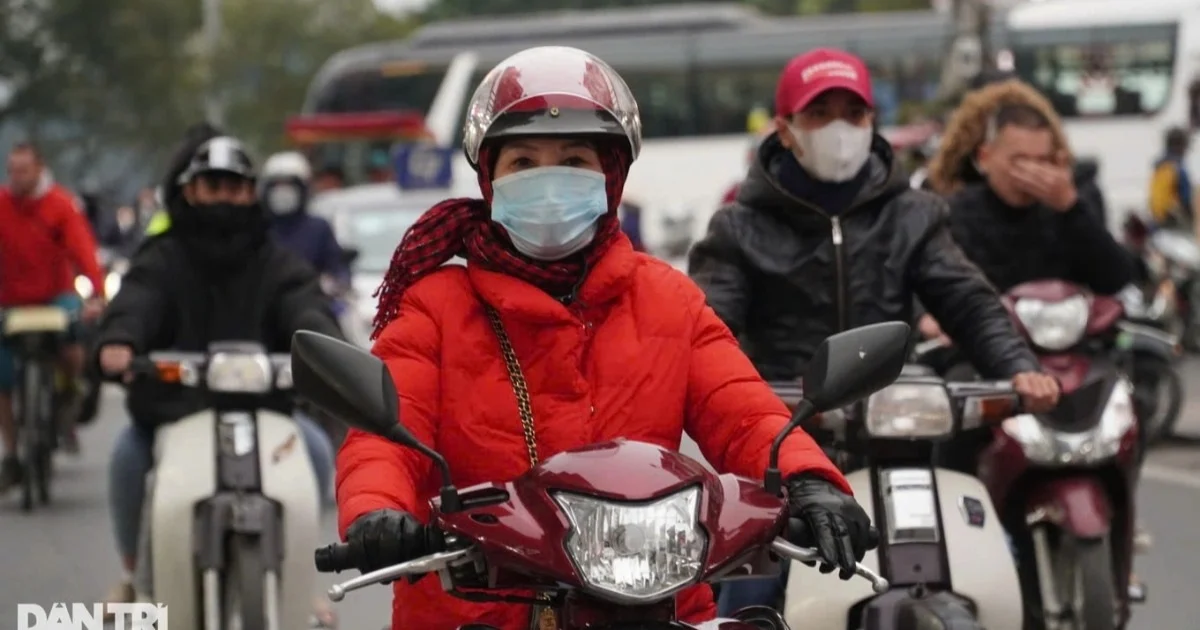

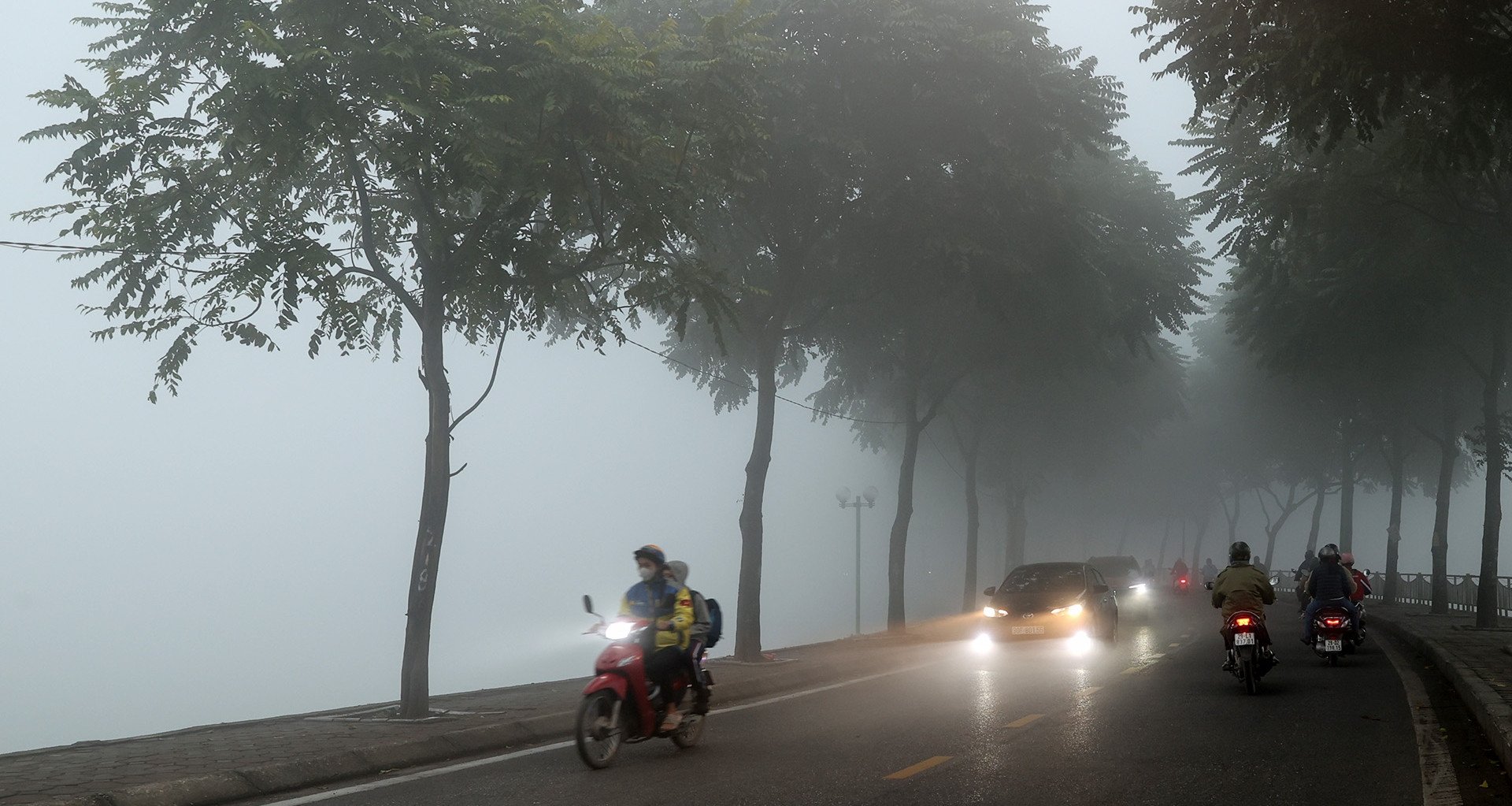
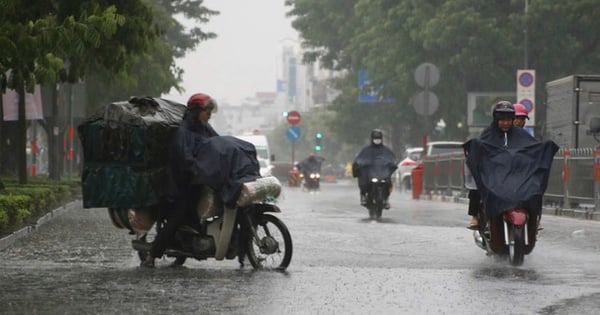

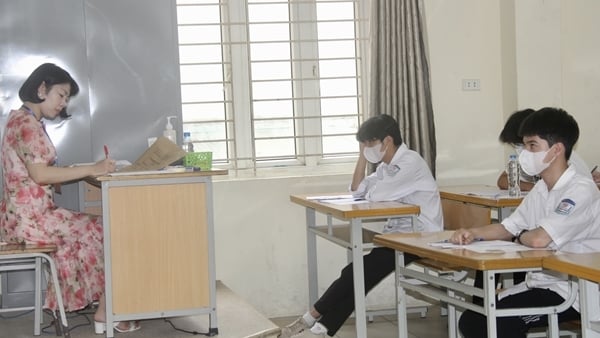



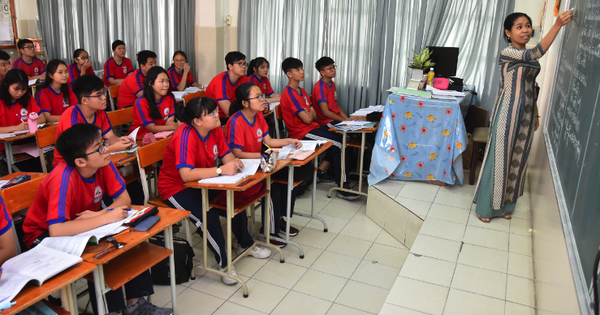



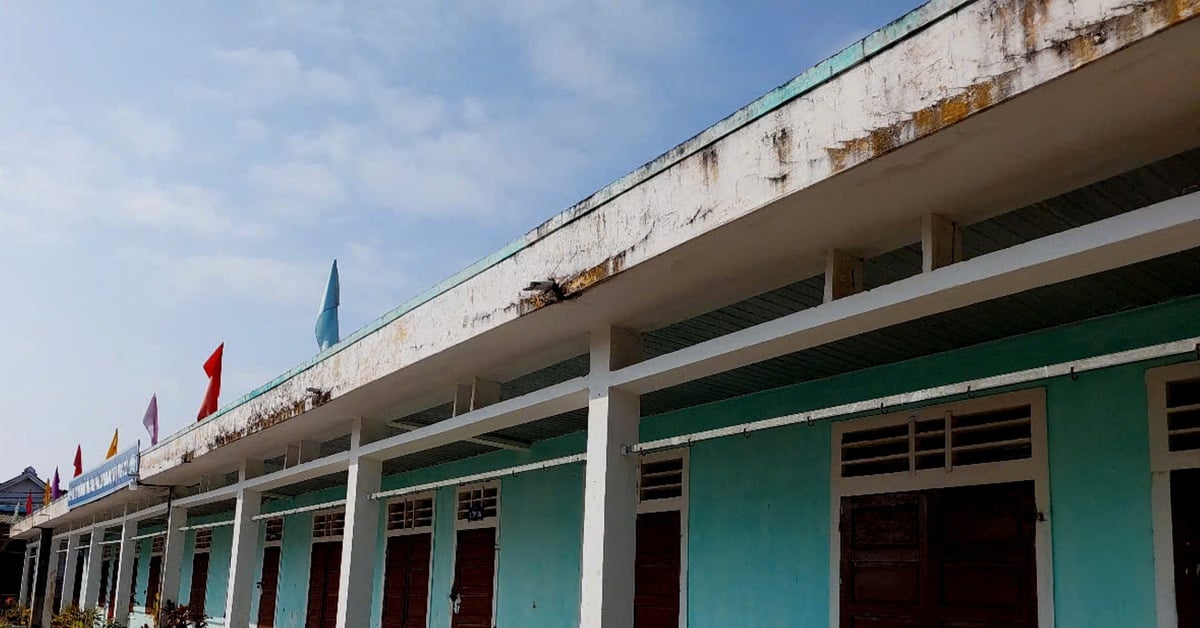





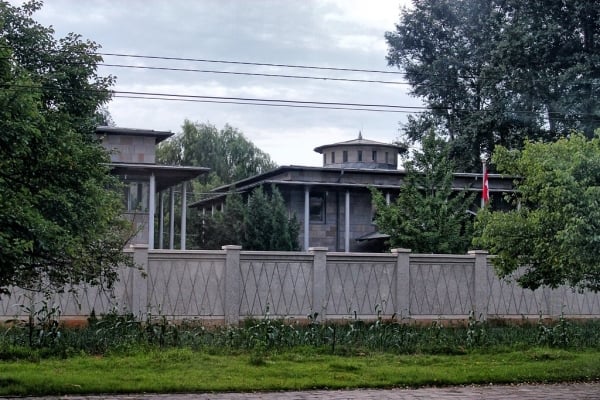


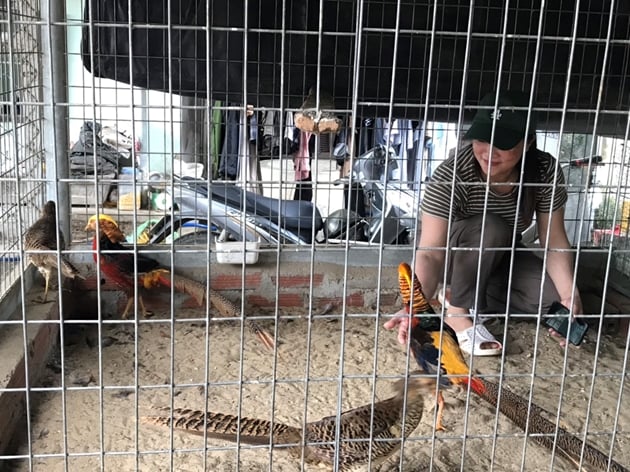







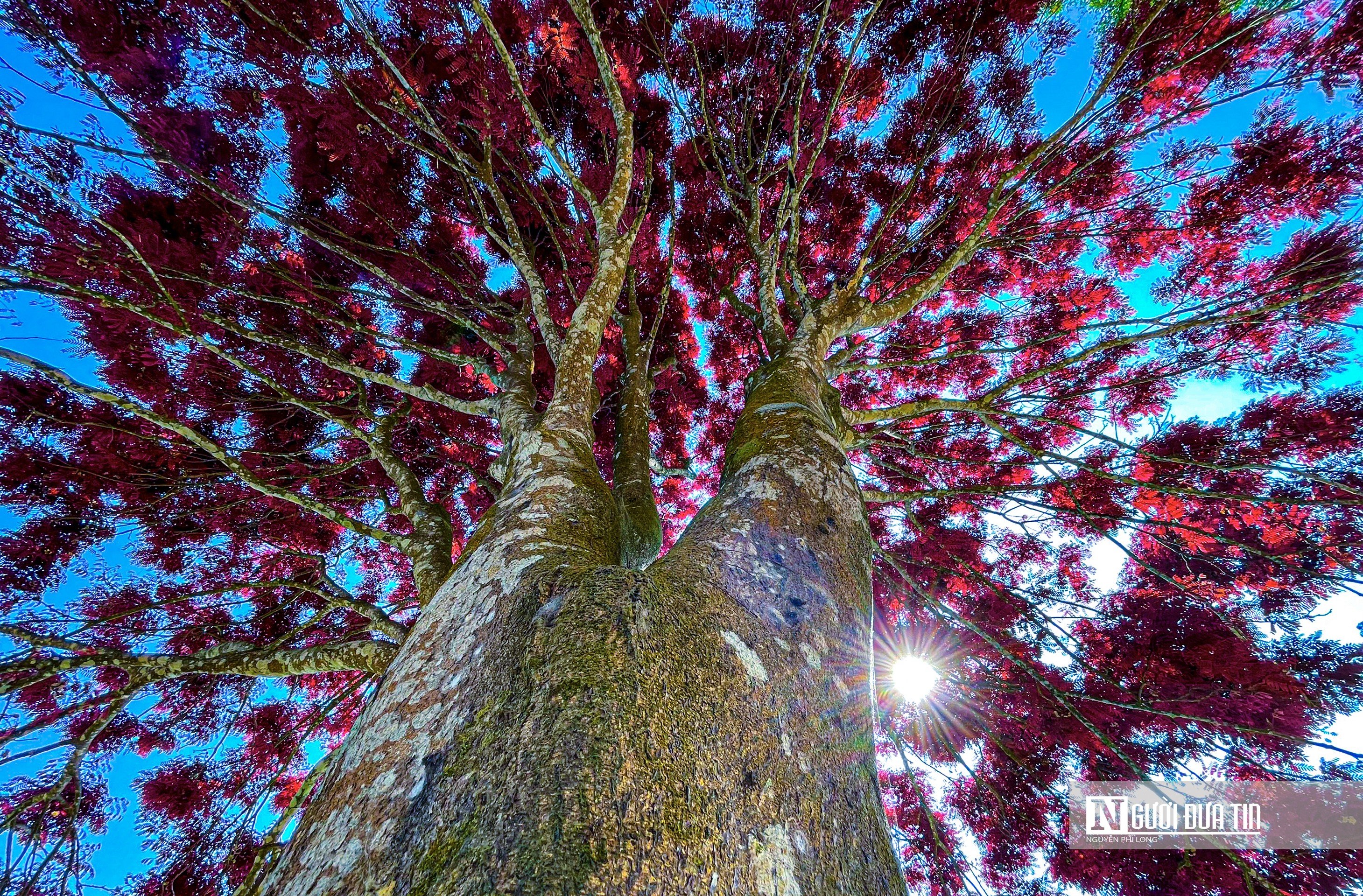
Comment (0)